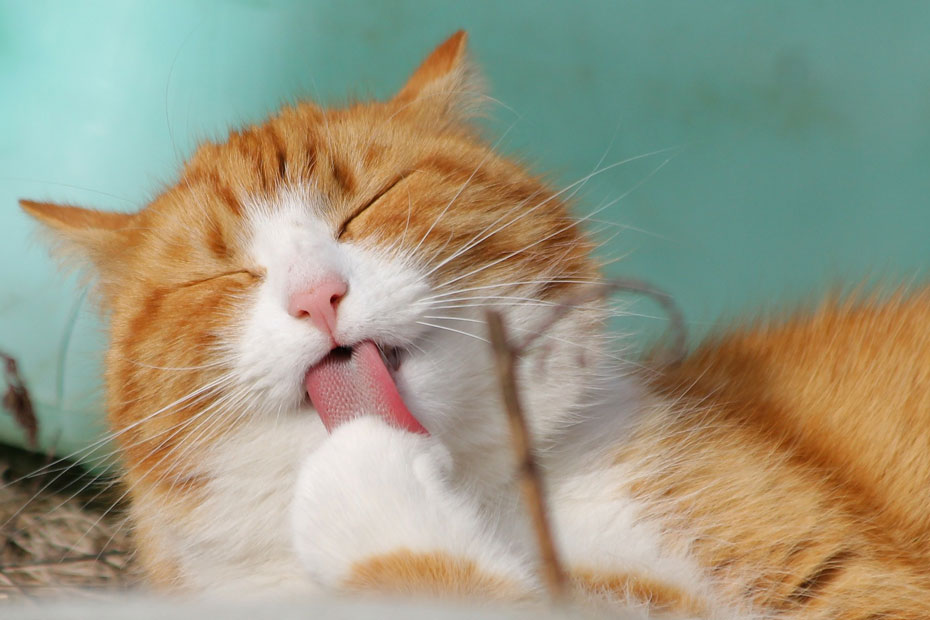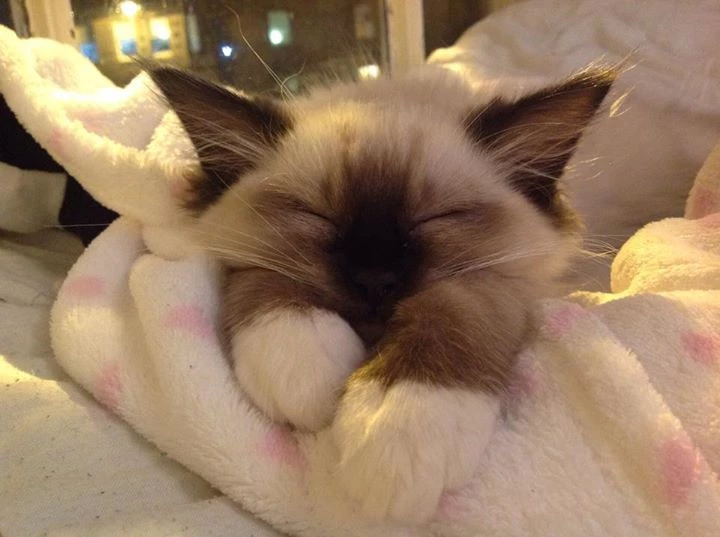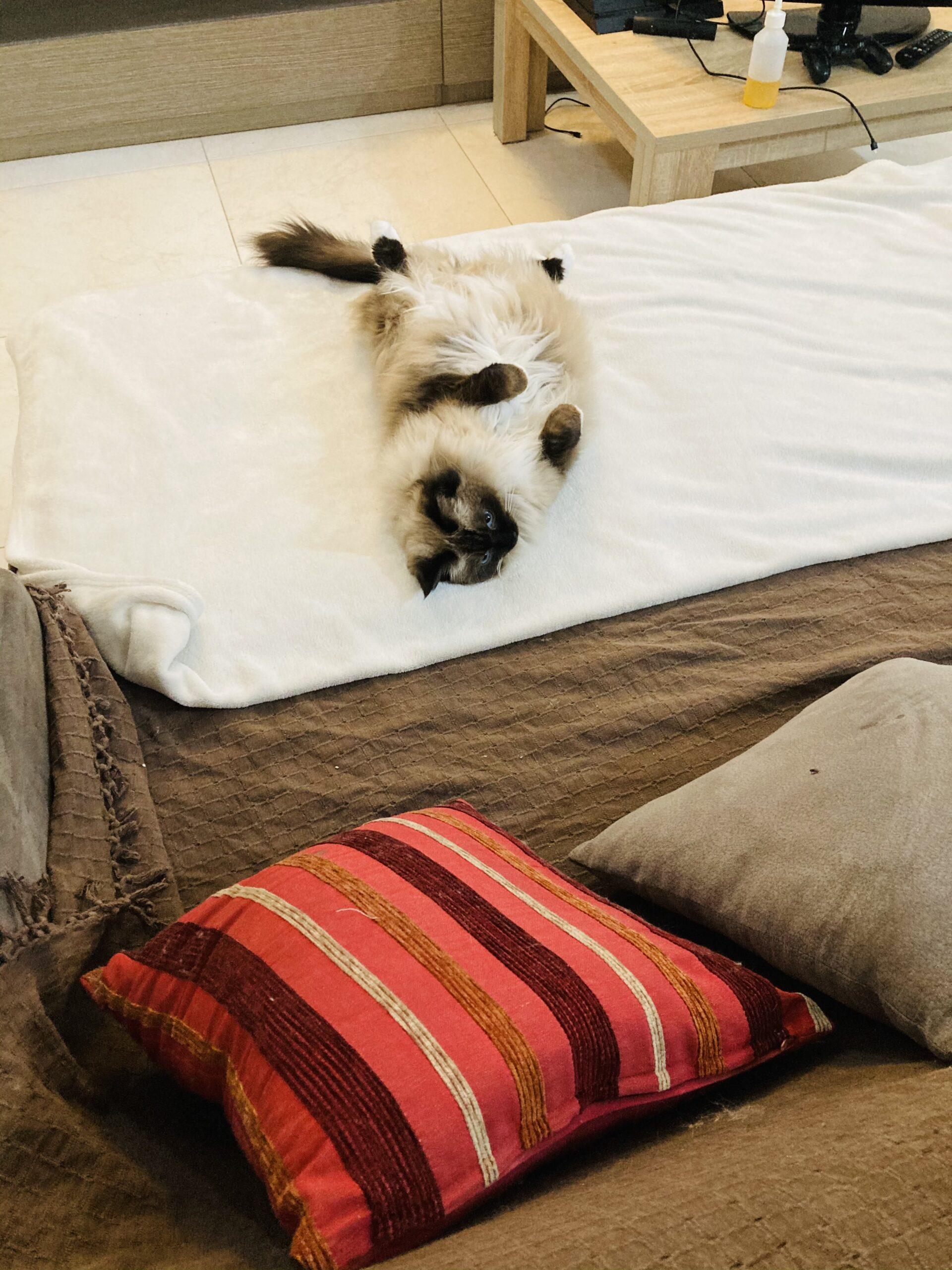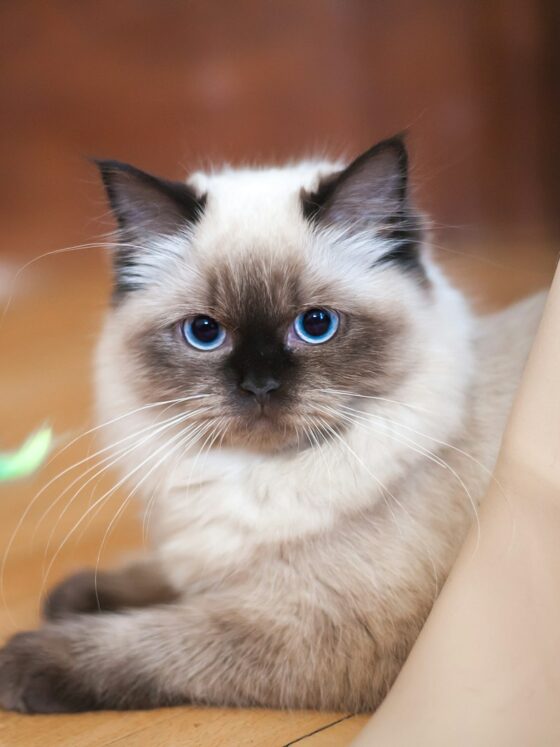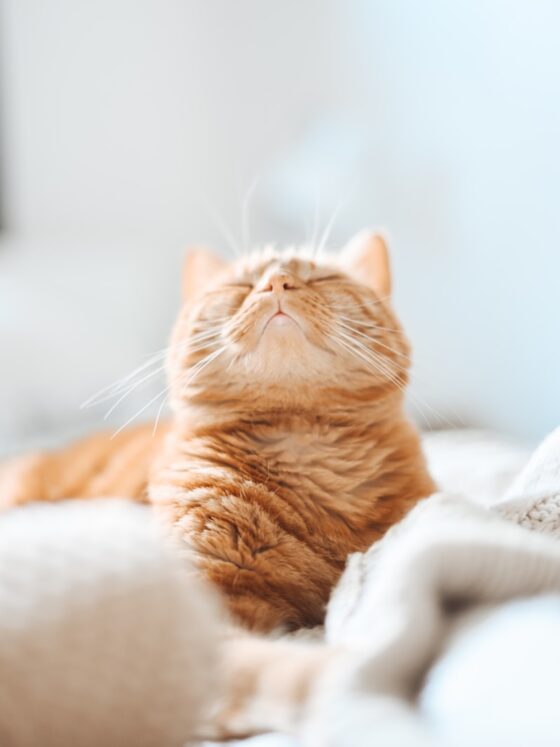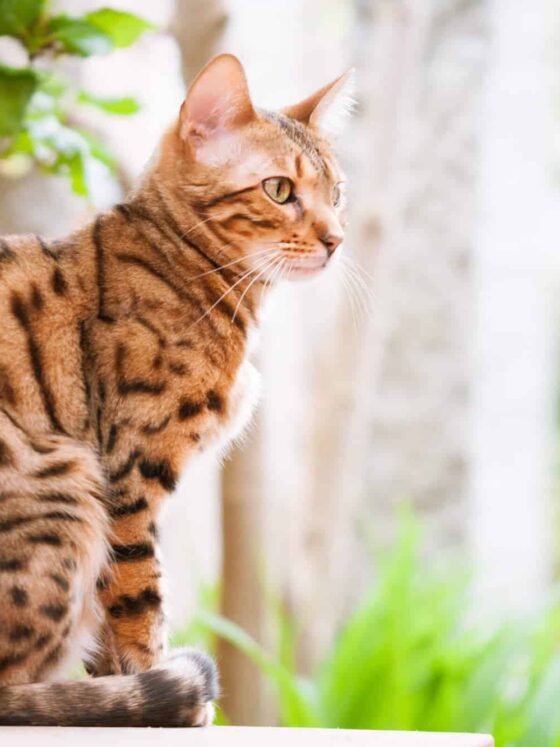Cats: adorable, elegant, and just a little bit extra. They can nap for 16 hours straight, judge you from the windowsill, and then melt into your lap like a purring marshmallow. However, it’s important to acknowledge that we often fail to understand their thoughts.
Welcome to Cat Behaviour 101, where you can delve into the inner workings of their mind.
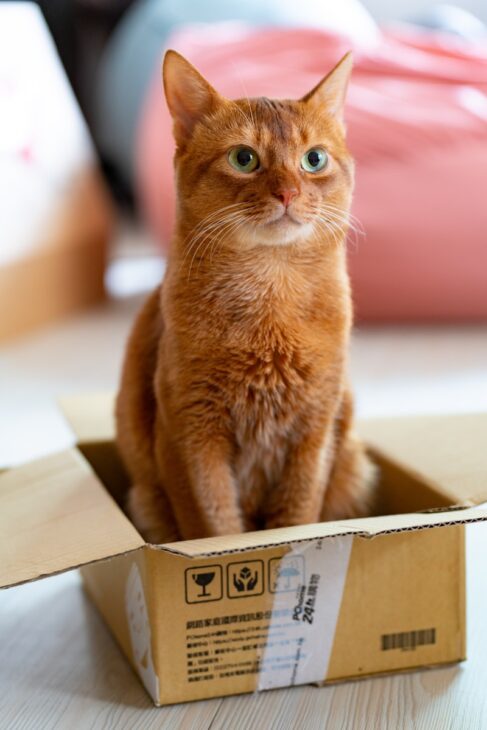
1. They’re not nocturnal; they’re crepuscular (it’s a thing!)
Think your cat is up all night on a tiny espresso binge? Not quite. Cats are crepuscular, which means they’re most active at dawn and dusk. That explains the 5 a.m. zoomies and the evening “feed me now” stares.
So next time your cat wakes you at sunrise by walking across your face—blame biology.

2. Watch the tail—it’s the cat’s mood ring
A cat’s tail is basically their emotional antenna. Some quick translations:
- Tail up and twitching: Excited or very happy to see you
- Swishing side to side: Irritated or over it
- Puffed-up tail: Something spooked them
- Tucked tail: Nervous or unsure
Once you learn tail-talk, it’s like having a secret code with your cat.
3. Why they love boxes and tight corners
Have you ever seen your cat try to fit into a shoebox that is clearly too small for it? That’s the “five sides” theory at play. Cats feel safest when surrounded on five sides—left, right, top, bottom, and back. Essentially, they gravitate towards any location that evokes a sense of warmth and comfort.
Would you like to enhance your cat’s nap zone? Try an igloo-style bed—cosy, adorable, and totally five-star feline approved.

4. When behaviour signals a health check
Cats are absolute pros at hiding illness. Therefore, if your pet exhibits unusual behaviour, it’s important to pay attention. Red flags include:
- Hiding more than usual
- Acting hungry but refusing food
- Sleeping far more than usual
- Suddenly becoming distant or clingy
Even small changes might signal something more. When in doubt, call the vet. Your instincts are usually accurate.

5. Zoomies = feline chaos and joy
We love a dramatic queen, and cats deliver. The sudden bursts of energy (aka zoomies or FRAPs—Frenetic Random Activity Periods) are totally normal. They are simply venting their emotions.
Your role? Stay out of the way, enjoy the show, and maybe don’t leave any mugs near table edges.
6. Love, cat-style
Cats aren’t always cuddly—but that doesn’t mean they don’t love you. Their affection is just… unique. Here’s how to spot it:
- Face nuzzles: A cat has claimed you.
- Tail quivering: You’re basically their favourite human.
- Kneading: They’re content and scent-marking you. You’ve made it.
- Sitting on/near you: Trust achieved.
- Grooming you: Yep, you’re family now.
Cats show love in low-key (but meaningful) ways. You just have to know where to look.

Understanding your cat doesn’t mean decoding every twitch and toe bean—but it does mean paying attention, trusting your bond, and embracing the weirdness.
For more pet-related cuteness, check out:

In conclusion
While cats behaviour may have a reputation as mysterious creatures who are impossible to understand, years of research and observation from owners have greatly improved our knowledge of how and why our feline friends behave as they do.
By observing your cat’s behaviour, you can check their health, indulge their instinctive preferences, and build a strong trust and understanding between you. Enjoy!
